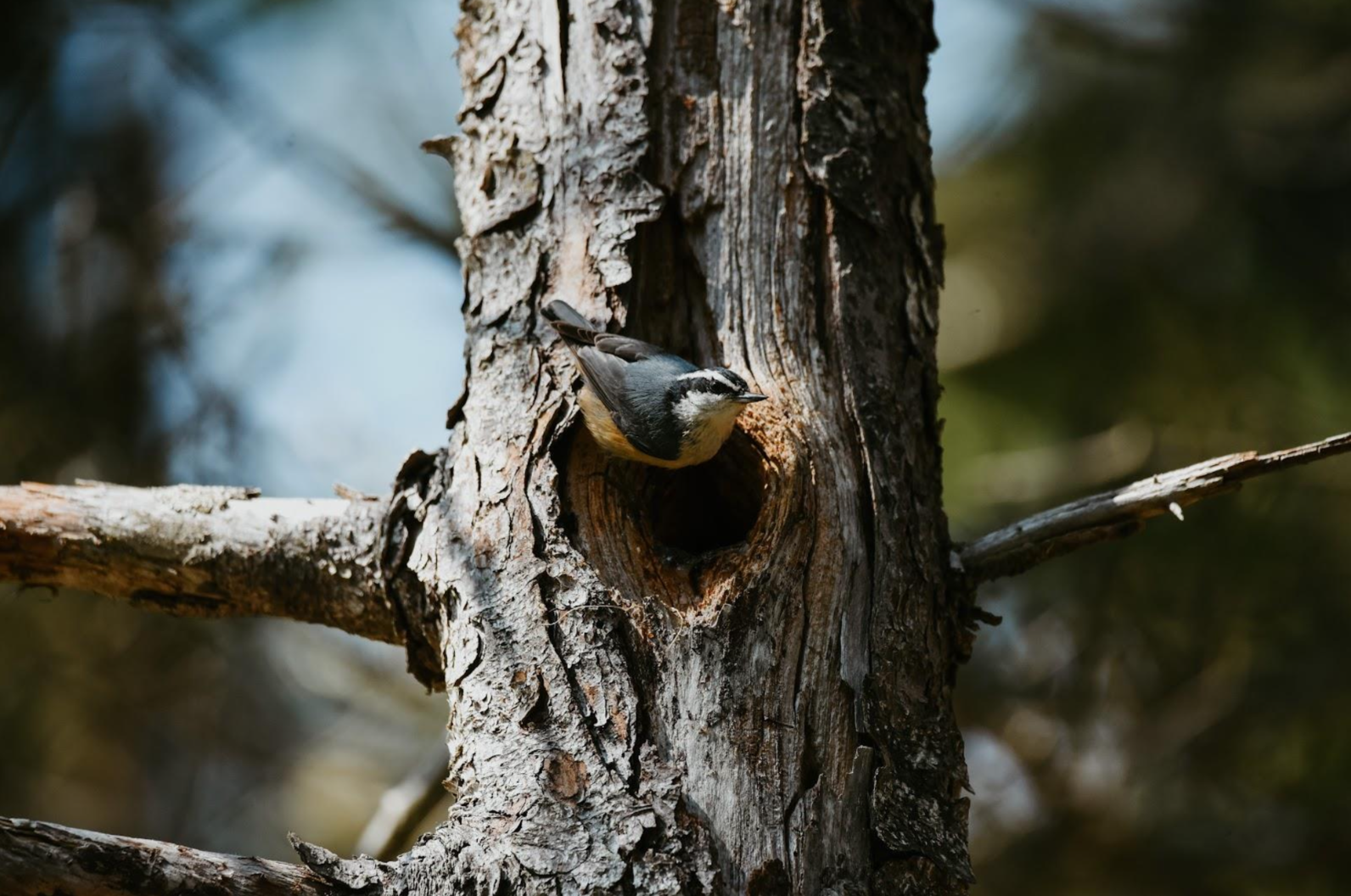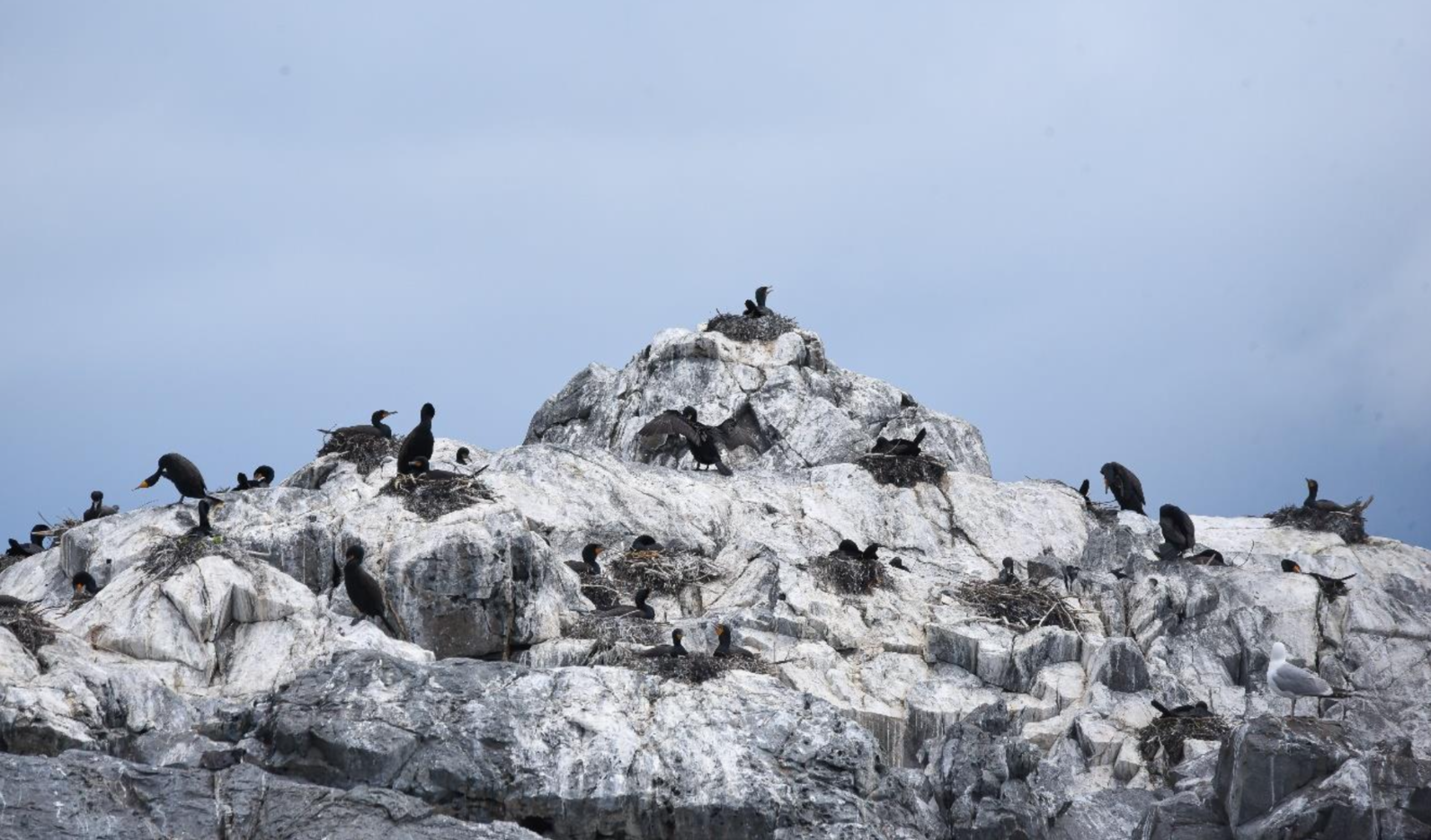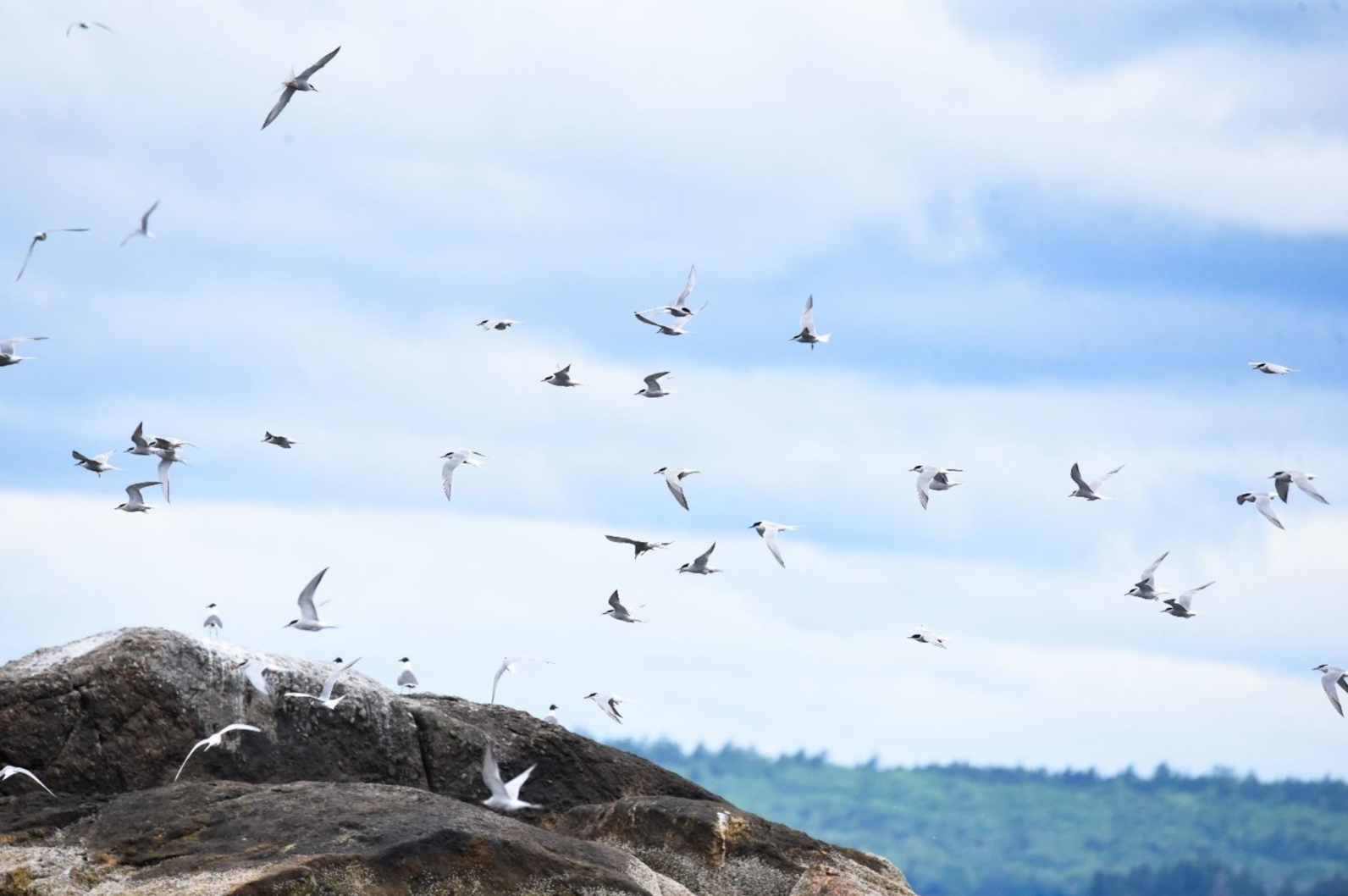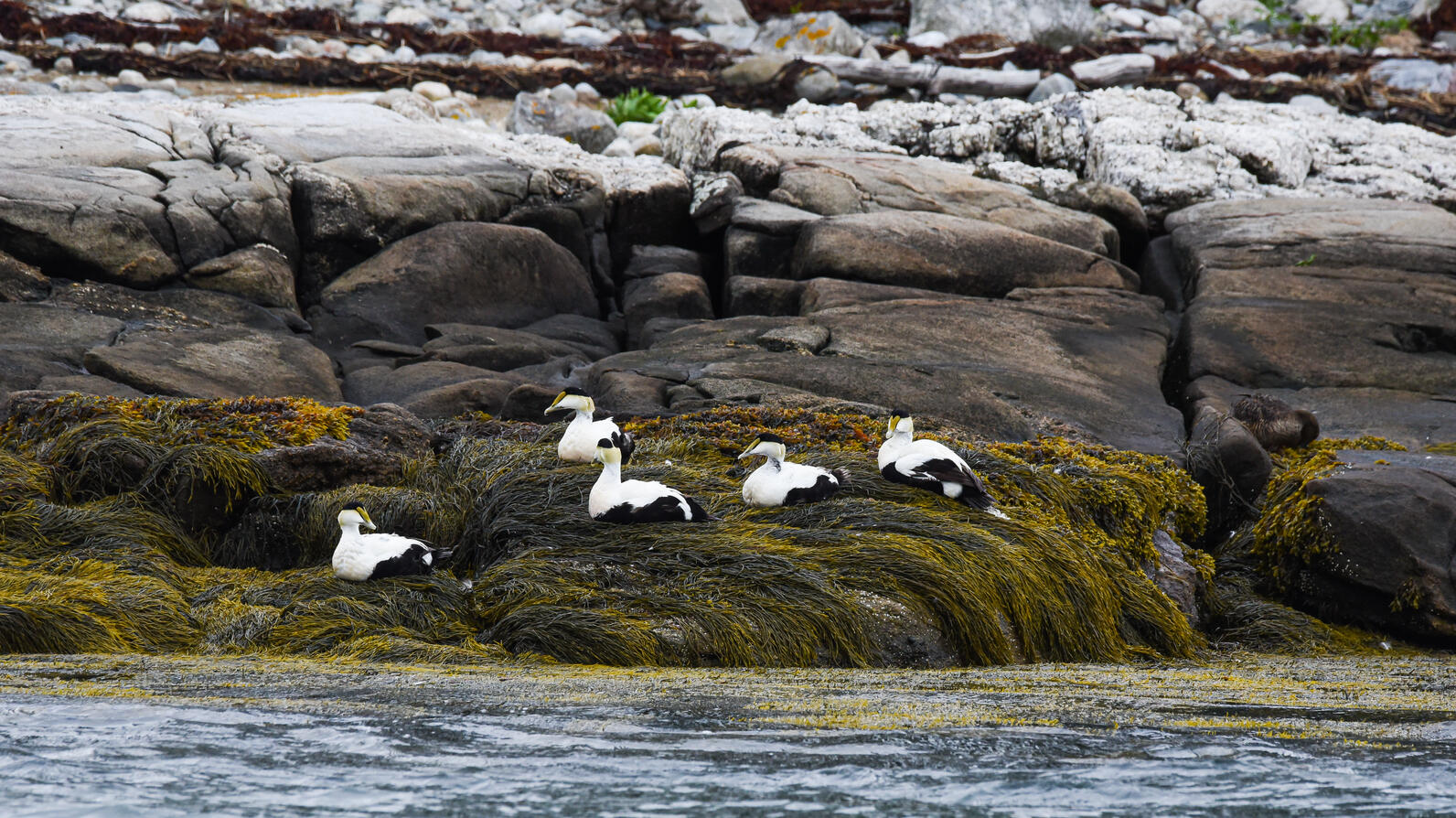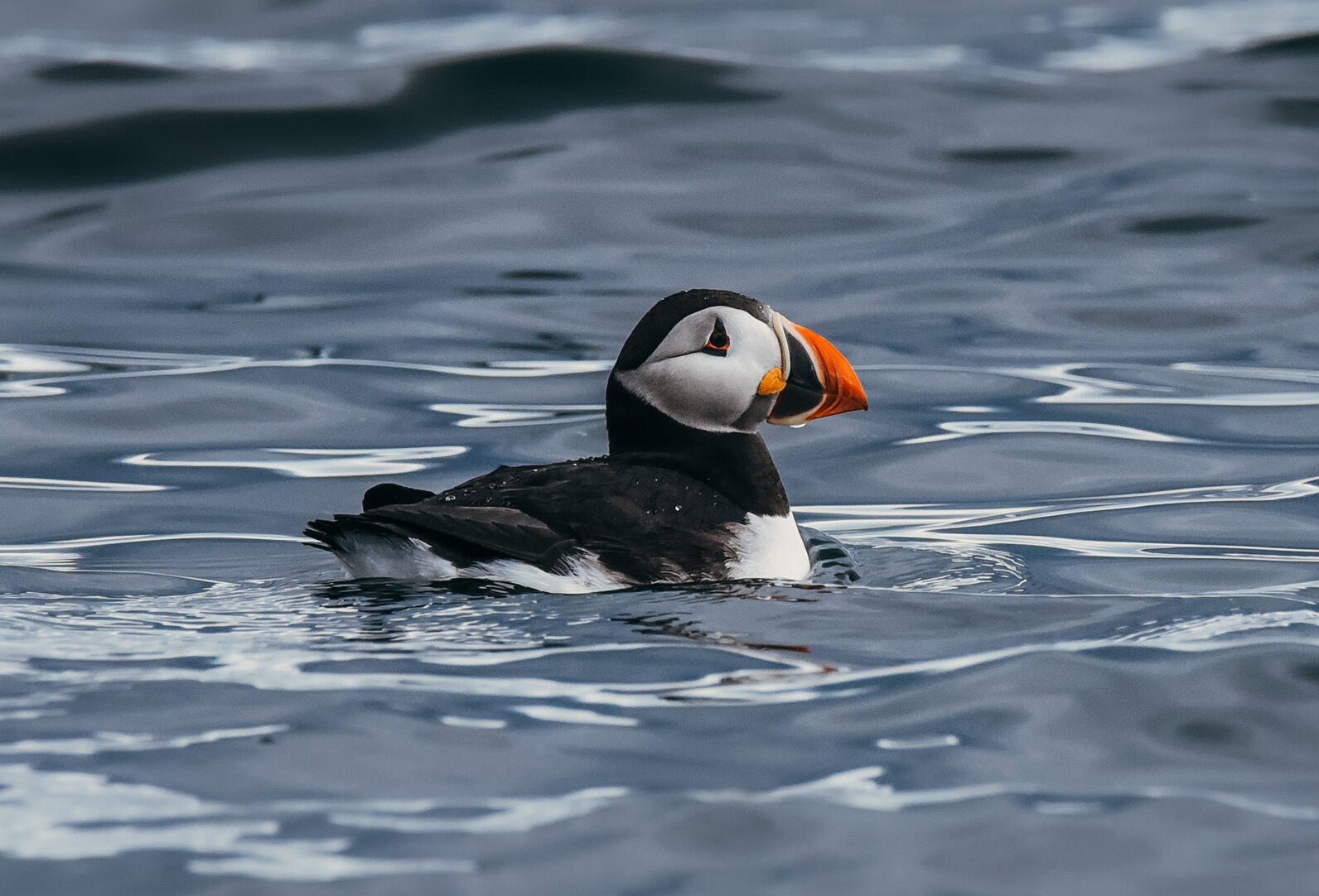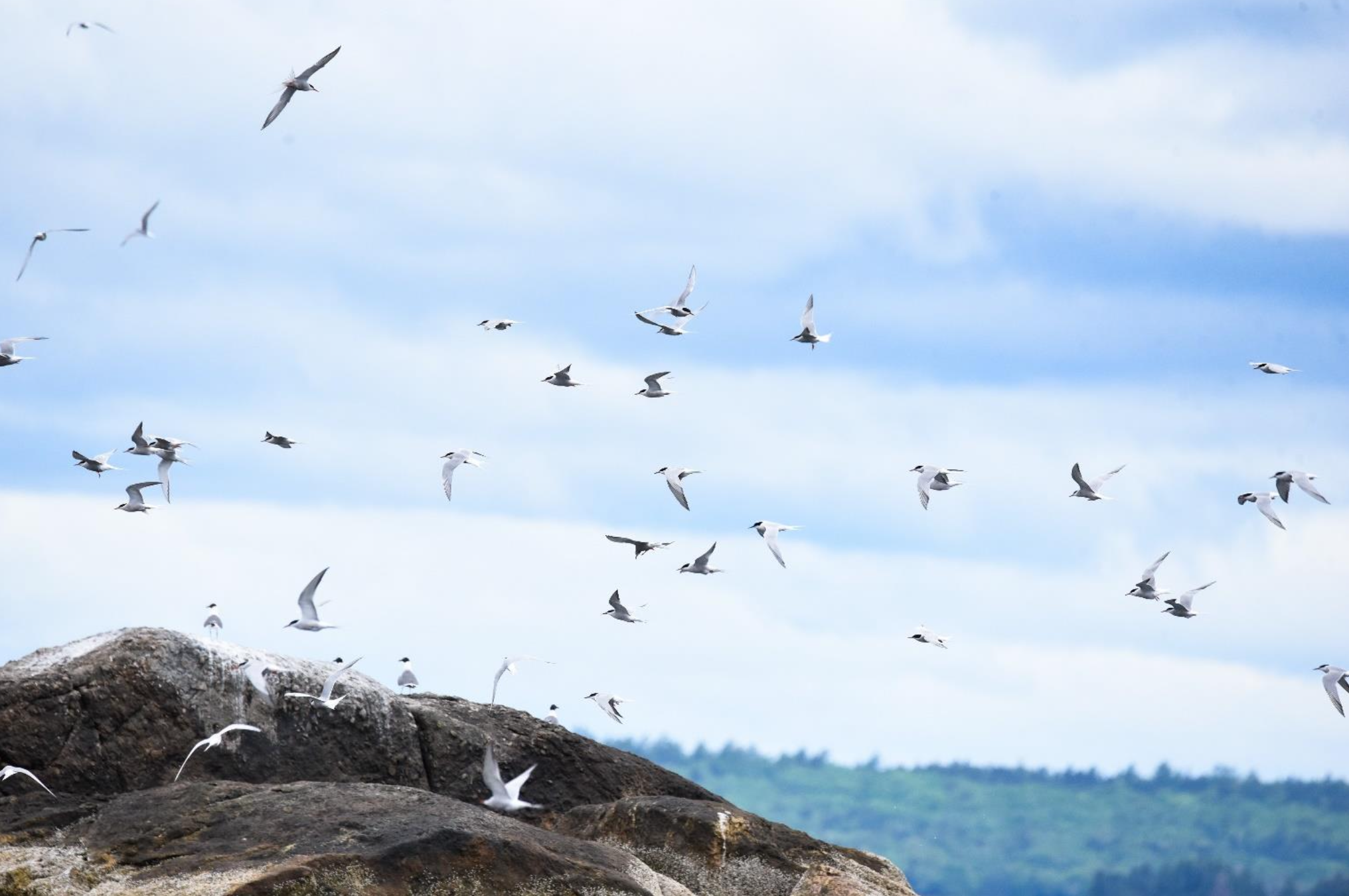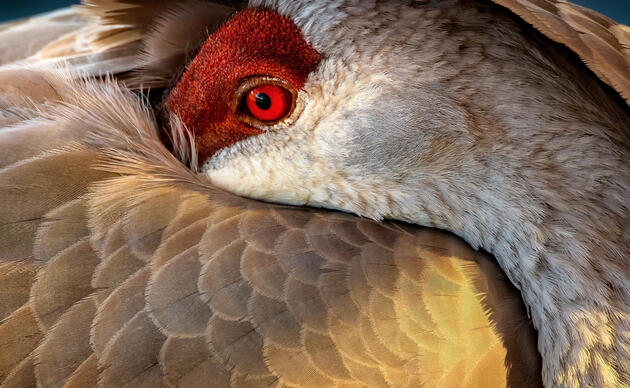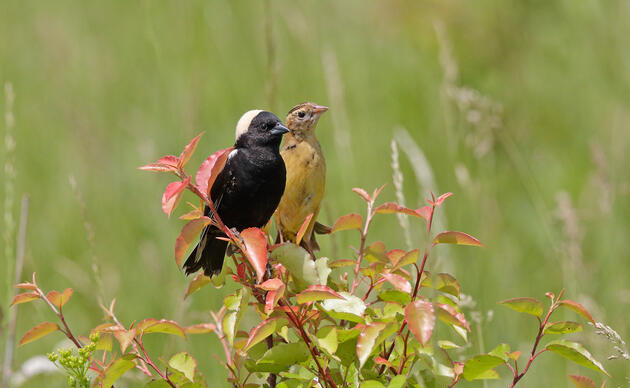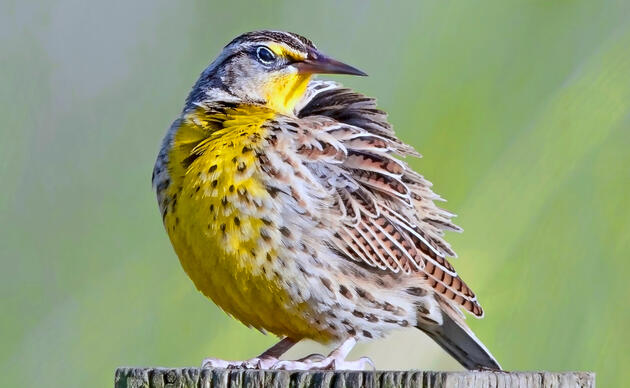It’s late June 2nd, and I am frantically trying to edit down my overpacked carry-on bag. Whatever happens, at least I packed the essentials: my “Birds of Maine” field guide, hiking shoes, rain jacket and pants, binoculars, and my camera. In less than 24 hours I will be leaving the tallgrass prairie of Eeastern Nebraska for an island off the coast of Maine.
When I started my position as the Education Coordinator for Spring Creek Prairie Audubon Center, one of the first things brought to my attention was the potential to attend a session at Hog Island Audubon Camp. Without knowing much more than it’s essentially a summer camp centered around birds, I quickly signed up for the “Joy of Birding” session. I had NO idea that this spontaneous decision would hold a place in my heart forever.
For those who have never heard of Hog Island, it is a small island off the coast of Maine, with an extensive and elaborate history of ornithology. It is the home of Project Puffin and is operated by the National Audubon Society under the Seabird Institute. Hog Island offers a large selection of programs, including their camps which range from Field Ornithology to Family Camp and so many more. They also offer an Artist-in-Residence program. As a new Audubon Employee, I was made aware of the many opportunities at Hog Island, but the sessions are open to anyone.
As early June was fast approaching, the butterflies in my stomach began to flutter around. On top of travel logistics, I began worrying about how my experience would be. Am I going to enjoy this? Will I make friends? Will I learn anything new? Good grief, I sure worried over nothing.
Upon arrival, we lifted our luggage onto a boat and grabbed life jackets. The Queen Mary, a historic building with a museum space and lodging, greets us from the corner of Hog Island as we take a short boat trip from the mainland. The cold salty sea breeze somehow managed to provide a warm welcome.
Within a few hours, the magic had already begun to settle in. We were welcomed by the buzzy trill of the Northern Parula, which would continue every day until we departed. A song I will never get tired of. Many Ospreys could be seen and heard chirping and catching fish, with their large stick nests perched right on top of multiple buildings on the island. The wildlife only multiplied from there. A pair of Dark-eyed Juncos guarded a trailhead, and a short 2-minute walk down the trail led us to a Merlin nest camouflaged atop the thick conifer overstory.
I could go on for days about all the birds, and since you’ve made it this far, please allow me to continue. Eastern Wood Peewees, Great Crested Flycatchers, and Song Sparrows could be heard from every corner. Red-breasted Nuthatches were busy collecting bugs for nestlings tucked into a tree cavity. Red Crossbills frequented the tops of the conifers utilizing their namesake beaks to pluck the pinecone seeds. Winter Wrens sang among the lichens, while Pileated Woodpeckers dug through snags. A couple days were spent on bird outings offsite. We traversed different locations and habitats on the mainland and were greeted by Bobolinks (a bird I know very well from the tallgrass prairie in Nebraska), a Ruffed Grouse drumming, which is often felt as much as it is heard, Hermit and Swainson’s Thrushes, Baltimore Orioles, a couple of Yellow-bellied Flycatchers, and almost every warbler you can find in Maine including but not limited to American Redstarts, Black-and-white Warblers, Common Yellowthroats, Black-throated Green Warblers, Yellow Warblers, Black-throated Blue Warblers, Ovenbirds, Magnolia Warblers, Nashville Warblers, Palm Warblers, Northern Parulas, and Blackburnian Warblers, to name a few.
I needed to start a new paragraph for the SEABIRDS! From the main island you will find Greater Black-backed Gulls soaring and landing on rocks. Guillemots bobbing by like rubber ducks floating in a tub. Terns (Common, Arctic, and an occasional Roseate) cut through the air like fighter jets targeting the fish below. Common Loons and an occasional Red-Throated Loon disappearing under the choppy water for what seems like too long, and Common Eiders hanging out with seals on rocky sea beds. Double-crested Cormorants perched atop their jagged stick nests only a few inches apart from each other.
Of course, you can’t go to Hog Island without taking a boat ride to Eastern Egg Rock Island to see the Atlantic Puffins in all their glory! The nerf football-shaped bodies appear much smaller than one would think. Observing the Puffins is truly a spectacle. The even cooler thing? Their success story, which was chronicled in Audubon Magazine this summer, in celebration of its 50th anniversary. Since Project Puffin began, scientists across the world have employed and expanded upon methods pioneered there at more than 500 sites, targeting one-third of seabird species.
I knew I would have marvelous experiences with birds, but what I wasn’t prepared for was the overwhelming acceptance and feeling of home.
Within the first couple of hours, the butterflies in my stomach had settled, and I knew I would not want to leave. I will never forget the friendships I made while on Hog Island. The instructors and staff felt like longtime friends excited to be hosting a reunion. The guest speakers connected us to birds with stories, research, and experiences in ways I never imagined. I can’t even begin to fathom the amount of knowledge I gained in less than a week’s time, but nothing can compare to the friends I made.
When the dreaded day finally came to leave Hog Island, I hugged my friends and instructors and boarded the boat. I wiped the tears from my face as I watched Hog Island get farther away, but not all was sad as I realized this was not goodbye forever, just goodbye for now. A piece of my heart is on Hog Island, and I WILL return to the newest place I call home. And to think, all of this happened because of one thing: birds.
